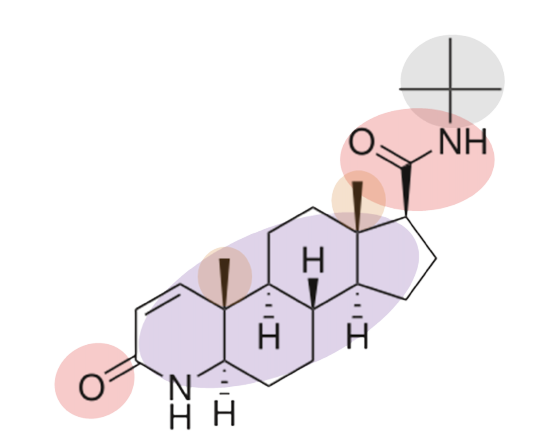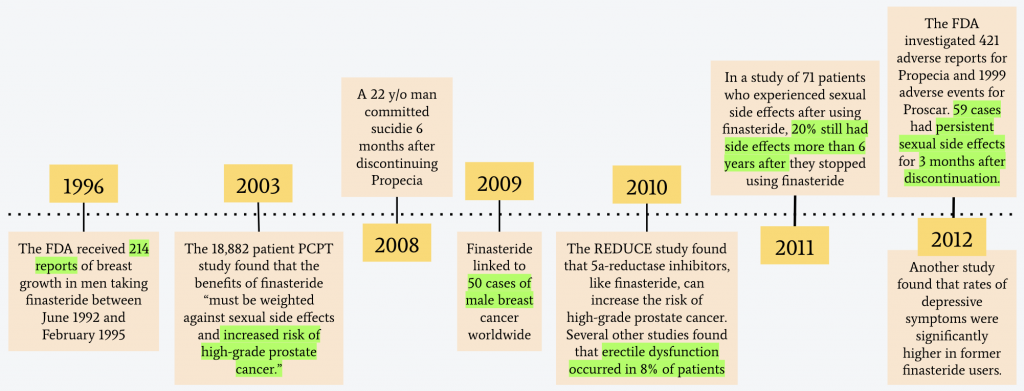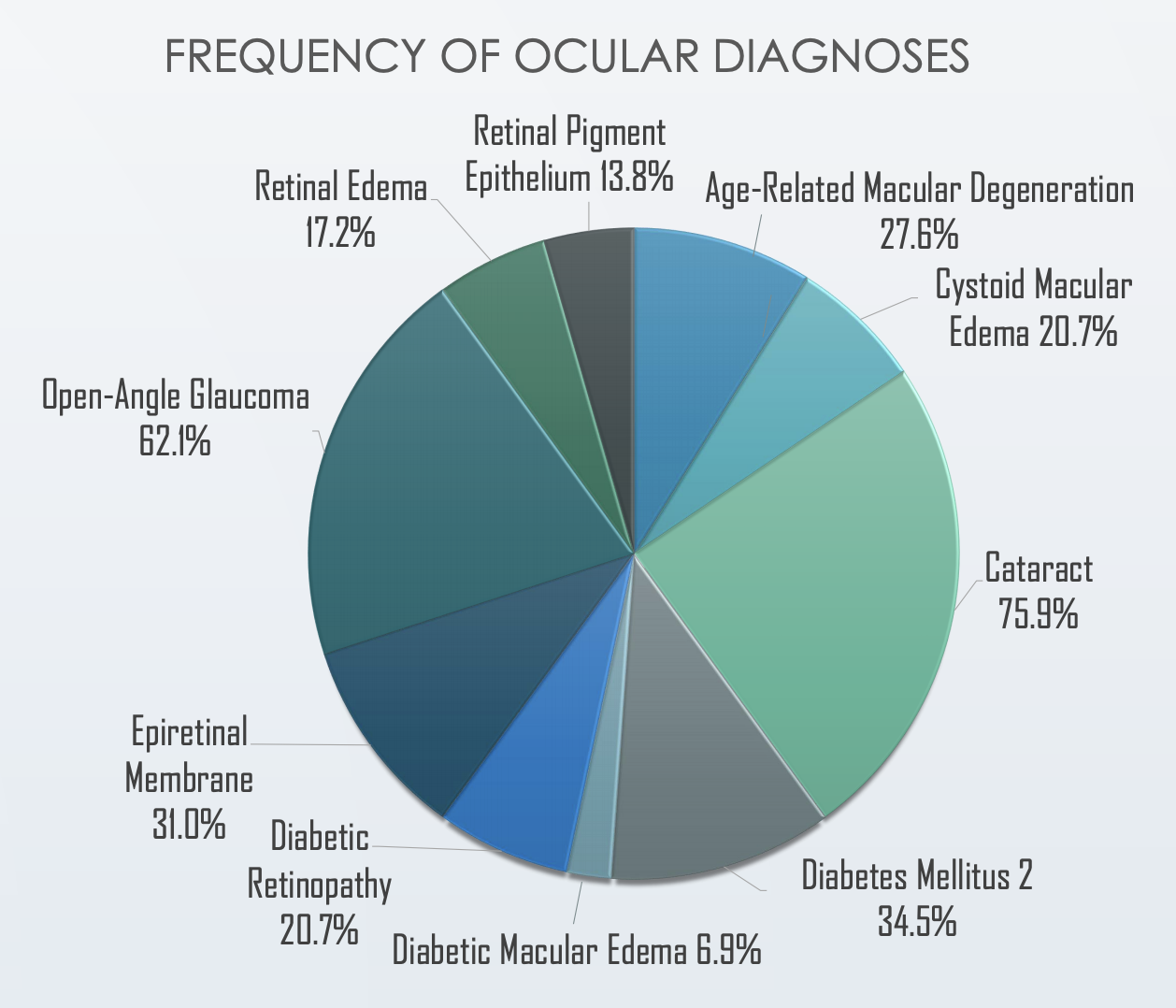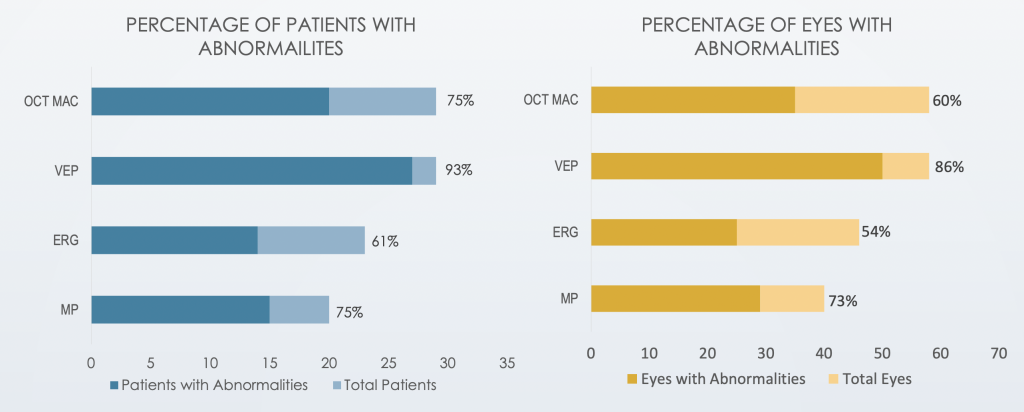
What is Finasteride?
Finasteride, a 5-alpha reductase inhibitor (5-ARI), received FDA approval for treatment of prostate disease in 1992 (Proscar) and androgenic alopecia in 1997 (Propecia). The mechanism of action involves inhibition of the steroid Type II 5α-reductase, which facilitates the conversion of testosterone to 5α-dihydrotestosterone (DHT) within the prostate, seminal vesicles, epididymides, liver, and hair follicles.2
What are the Associated Side Effects?
Although commonly prescribed, finasteride is a drug with side effects far more serious than the diseases it treats. Side effects may be irreversible and include persistent erectile dysfunction, depression, suicidal tendencies, loss of libido, anxiety, and other neurological issues (ie. memory loss, altered mental status). Finasteride use has also been associated with ocular side effects such as blurred vision, conjunctival injection, eyelid edema, and Meibomian gland dysfunction 4.
There are several published journal articles describing the adverse events associated with 5-alpha reductase inhibitors, such as finasteride 1,2,3,5,6,7,8,9,10. There is also a nonprofit organization, the Post-Finasteride Syndrome Foundation, dedicated to identifying treatment for patients with life-altering impacts from use of finasteride (https://www.pfsfoundation.org/).

How does Finasteride affect Vision?
Several years ago, South Bay Retina published an abstract at the ARVO (Association for Research in Vision and Ophthalmology) meeting, highlighting evidence of damage to the retina and optic nerve in patients who had been on finasteride. Although this correlational study does not prove cause and effect, the degree of correlation, even for small numbers here, is remarkable. It is now known that blocking hormones not only results in sexual, but also neurological side effects. Therefore, it is not surprising that patients who have used Propecia/Proscar and similar hormone blocking drugs have depression and increased suicide rates. There is a global or systemic effect. The results of the retrospective review are summarized below:
Investigation of 5-ARI induced ocular toxicity was prompted by the presentation of idiopathic atypical cystoid macular edema (CME) in two patients who had been prescribed Propecia. Both patients failed to respond to all CME treatments and showed additional signs of retinal and optic nerve dysfunction.

Out of 58 eyes of 29 patients known to have taken finasteride, there was evidence of visual dysfunction in 56 eyes (28 patients). 35/56 eyes (20 patients) had persistently abnormal OCT macula, 12 eyes (6 patients) demonstrated optic nerve and retinal damage per visual evoked potential (VEP) and/or electroretinogram (ERG), and 36 eyes (21 patients) were found to have deficits in their microperimetry (MP). A total of 30 eyes (16 patients) had macular edema with 11 eyes (6 patients) having CME.

The data indicates finasteride use may be strongly associated with abnormal retinal function along with an atypical refractory cystic edema.
How can Patients Protect their Vision?
Despite the small study size, there is significant justification for baseline testing in individuals prescribed 5-ARI drugs to proactively reduce risk of visual loss.
In summary, there are very few justifiable uses for the drug. In fact, there are other drugs that work better in most cases for BPH. Hair loss is a cosmetic problem and the justification for treating male pattern baldness, given the risks, is weak.
The topic of finasteride toxicity crosses from general health and medicine over to ophthalmology. It is an example of how pharma behaves and how the FDA regulatory process is ineffective in addressing many issues. It is also an example of how drugs that alter function in one system (endocrine) can wreak havoc within other systems. Further studies will be required to understand the mechanism resulting in possible finasteride induced neurotoxicity to correlate known neuropsychiatric symptoms to our ocular findings.

References:
- Barsaria, S., Jasuja, R., Huang, G., Wharton, W., Pan, H., Pencina, K., Li, Z., Travison, T.G., Bhawan, J., Gonthier, R., Labrie, F., Dury, A.Y., Serra, C., Papazian, A., O’Leary, M., Amir, S., Storer, T.W., Stern, E., Bhasin, S. (2016, September). Characteristics of Men Who Reported Persistent Sexual Symptoms After Finasteride Use for Hair Loss. The Journal of Clinical Endocrinology & Metabolism, 101(12), 4669-4680. https://doi.org/10.1210/jc.2016-2726
- Diviccaro, S., Melcangi, R. C., & Giatti, S. (2019). Post-finasteride syndrome: An emerging clinical problem. Neurobiology of stress, 12, 100209. https://doi.org/10.1016/j.ynstr.2019.100209
- Fertig, R., Shapiro, J., Bergfeld, W., & Tosti, A. (2017). Investigation of the Plausibility of 5-Alpha-Reductase Inhibitor Syndrome. Skin Appendage Disorders, 2(3-4), 120–129. https://doi.org/10.1159/000450617
- Fraunfelder, F. T., Fraunfelder, F. W., Chambers, Wiley. (2014). Drug Induced Ocular Side Effects: Clinical Ocular Toxicology (7th ed.). Amsterdam, NL: Elsevier Health Sciences.
- Ganzer, C. A., Jacobs, A. R., & Iqbal, F. (2014). Persistent Sexual, Emotional, and Cognitive Impairment Post-Finasteride. American Journal of Men’s Health, 9(3), 222-228. https://doi.org/10.1177/1557988314538445
- Irwig, M.S. (2012, November). Persistent Sexual Side Effects of Finasteride: Could They be Permanent? The Journal of Sexual Medicine, 9(11), 2927-2932. https://doi.org/10.1111/j.1743-6109.2012.02846.x
- Mirela, M., Ioana, P., Maria, P.G., Mihnea, M.C. (2015) Finasteride Side Effects and Post-Finasteride Syndrome in Male Androgenic ALopecia. Journal of Mind and Medical Sciences 2(2), 142-149. http://scholar.valpo.edu/jmms/vol2/iss2/6
- Roberts, P. (2019, January). Finasteride ‘Causes Several Alterations’ in the Section of the Brain Responsible for Processing Long-term Memory and Emotional Responses, New Animal-model Study Demonstrates. Retrieved January 21, 2021, from https://www.pfsfoundation.org/news/finasterid-causes-several-alterations-in-the-section-of-the-brain/
- Walf, A. A., Kaurejo, S., & Frye, C. A. (2018). Research Brief: Self-Reports of a Constellation of Persistent Antiandrogenic, Estrogenic, Physical, and Psychological Effects of Finasteride Usage Among Men. American journal of men’s health, 12(4), 900–906. https://doi.org/10.1177/1557988317750989
- (2019, May 30). Germany Joins French Defiance of Finasteride. https://www.pfsfoundation.org/news/germany-joins-french-resistance-to-finasteride/
